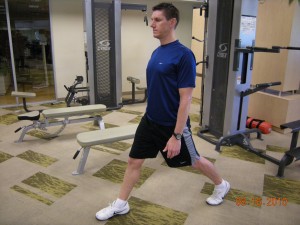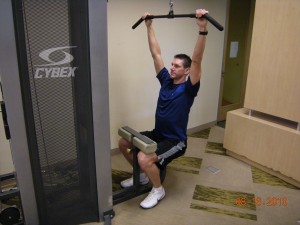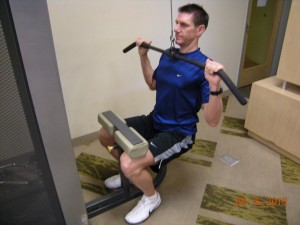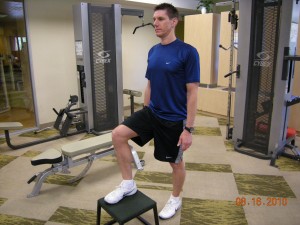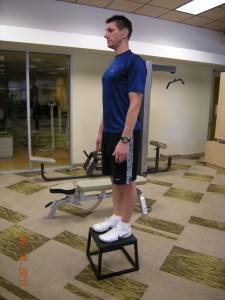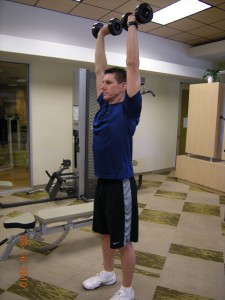Here are 10 simple tips that can help you to improve your fitness starting today
1. Know yourself – Want to stick to your exercise program? Choose a schedule that works for you. If you’re a morning person, heard for the gym first thing. All of your good intentions could be gone by the end of the day. If your not a morning person, don’t force yourself to the gym at dawn.
2. Have a ball – Exercise balls are one of the best trends for a good reason. They are versatile, can be used at home or the fitness center. They help to improve balance, stability and coordination. Plus they can be fun and relaxing. They are accessible and not threatening.
3. Hit the weights – There’s no substitute for strength training to improve your body’s ability and appearance. You may not see the scale move right away, but as you gain muscle mass and lose fat, you’ll notice that you look slimmer and leaner.
4. Cut yourself some slack – If you get discouraged about your fitness progress, think back to your first week. Give yourself credit for what you’ve accomplished already and for overcoming the biggest obstacle; getting started.
5. Beat the six-month barrier – Half of all people who join an exercise program drop out in the first 6 months. And half of those drop out before they even attempt a single workout. If you break the 6 month barrier, you’re likely to make exercise a lifelong habit.
6. Get it on Disc – Can’t make it to the gym? Have a stash of workout videos at home. You can work out at home any hour that you choose.
7. Do something different – Try an exercise activity that is very different form what you do at work. If your job is demanding and time-pressured, get outside and hike. If your job is task-oriented and full of details, you might like a cardio machine. Which allows you to zone out and concentrate on anything.
8. Split it up – Aim for 60 minutes of exercise a day, and break it up into 20-minute chucks to make it more doable.
9. Engage your brain – Lots of people give up exercise because it involves your body and leaves out the mind. Look for way to get fit that also ask you to learn something. Like belly dancing, ballet, hatha yoga or Tai Chi.
10. Believe in yourself – Numerous studies show that exercisers who believe in their abilities perform at a higher level, and are more likely to stick with a regular routine.

